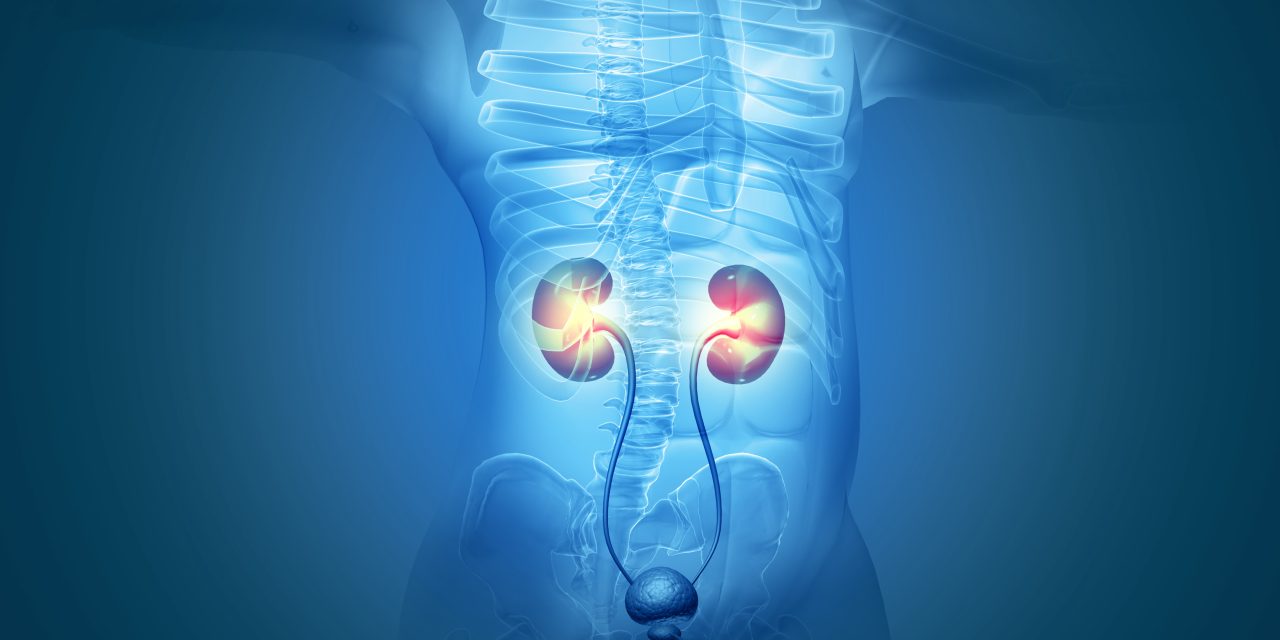The aim is To explore the wellbeing of microwave removal (MWA) as an emerging innovation for treating little renal masses.
Materials and Methods: Patients with renal masses treated at a high-volume focus with MWA between March 2015 and June 2019 were reflectively recognized. Wellbeing, changes in renal capacity, essential treatment adequacy, and the common history of imaging attributes of mass postablation were inspected. Forty-five patients went through MWA during the examination time frame. Middle age was 71 years (range 31–87). Middle RENAL nephrometry score was 6 (territory 4–9) with mean tumor size 2.6 ± 0.7 cm. 33% of tumors were inside 4 mm of the gathering framework. Middle complete microwave energy applied was 400 W (range 105–2600 W). There was a genuinely yet not clinically huge diminishing in hemoglobin from preoperative to POD#1 levels (assessed −0.06 from 7 days before method to POD#1, p = 0.02). There were 4 (9%) inconveniences: three Clavien grade 1 and one Clavien grade 3 that prompted loss of the kidney. Tumor size diminished postoperatively by an expected −0.03 cm/month (range 0–1.9 cm, p < 0.01). Starting specialized achievement was 100%. Essential treatment adequacy was 94%. MWA shows guarantee as an elective warm ablative procedure with superb transient results.
Reference link- https://www.liebertpub.com/doi/10.1089/end.2020.0348


